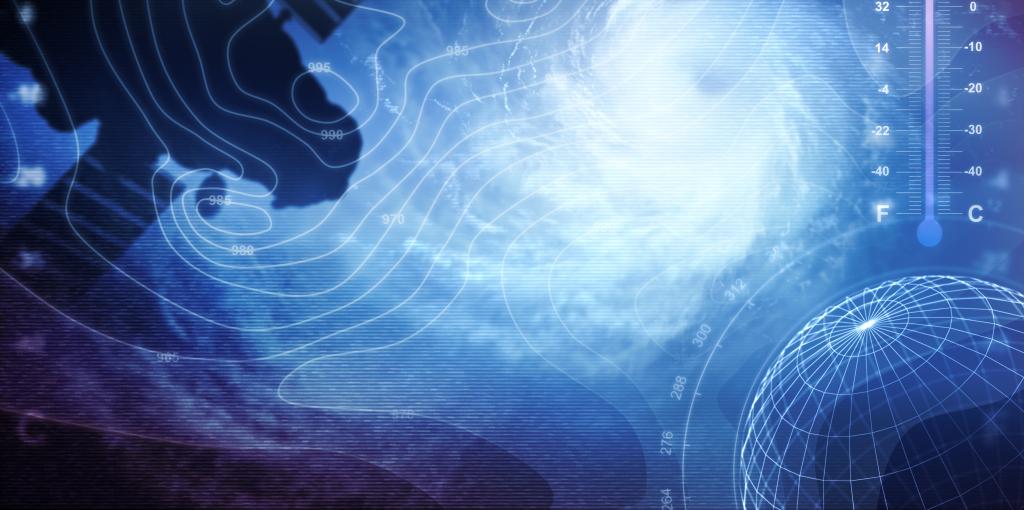Upcoming Events
18 Jul (CLIM) Aasma Acharya, MS Defense
Jul 18, 2025, 10:30 - 11:30 AM
Aasma Acharya, Master of Science in Climate Science
Assessing the Surface Urban Heat Island and Urban Extreme Precipitation Anomalies: An Analysis of Richmond, Virginia
Fri, 18 Jul, 10:30am via zoom (email TBA for link)
Advisor: Zafer Boybeyi
Urban areas exhibit elevated surface temperatures compared to surrounding regions due to dense built-up surfaces that retain heat. This phenomenon, known as Surface Urban Heat Island (SUHI), influences atmospheric processes and modifies local precipitation patterns. Existing studies has explored urban temperature anomalies and enhancement of precipitation intensity and frequency, particularly downwind of cities. However, limited research has examined how the local extreme precipitation patterns relate to varying levels of urban heat anomalies. This study evaluates the spatial distribution of summertime urban extreme precipitation in a midsized U.S. city, Richmond, Virginia. Using high-resolution hourly precipitation (4 km/hourly) and land surface temperature (5 km/hourly) datasets for the period of 2011–2021, we investigate the intensity and frequency of extreme rainfall events under strong SUHI conditions. We observed a consistently elevated intensity of SUHI over the Richmond urban core, with peak anomalies occasionally exceeding 5°C during the afternoon. The strongest SUHI effects were aligned with high-density built-up areas of Richmond and its suburbs. Composite analysis reveals localized extreme precipitation, with intensities over 26 mm/hr, occurred most frequently southeast of Richmond under strong SUHI conditions, which is downwind of the urban core in the 700 hPa prevailing wind field. Under SUHI > 99th percentile conditions, a hotspot with hourly rainfall intensities exceeding 67 mm/hr was observed in the same downwind region. A maximum of 78 hourly exceedances above 8.5 mm/hr was recorded directly over the Richmond urban core, extending into the downwind region. In contrast, most of the upwind region showed no more than 30 exceedances. This suggests that the downwind region experienced repeated extreme precipitation events likely influenced by afternoon convection. While large-scale atmospheric systems may influence regional rainfall, the consistent localization of extremes in the southeastern urban core and downwind region suggest a thermally driven enhancement linked to urban heating. These findings highlight the impact of urban surface properties in influencing extreme precipitation and support the hypothesis that SUHI contributes to localized convective intensification downwind of midsized inland cities.
